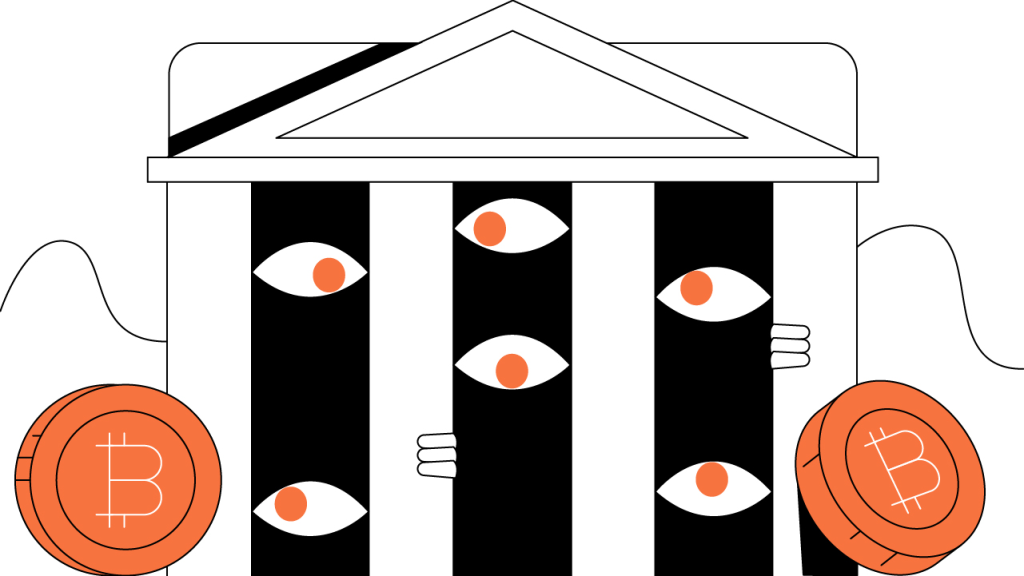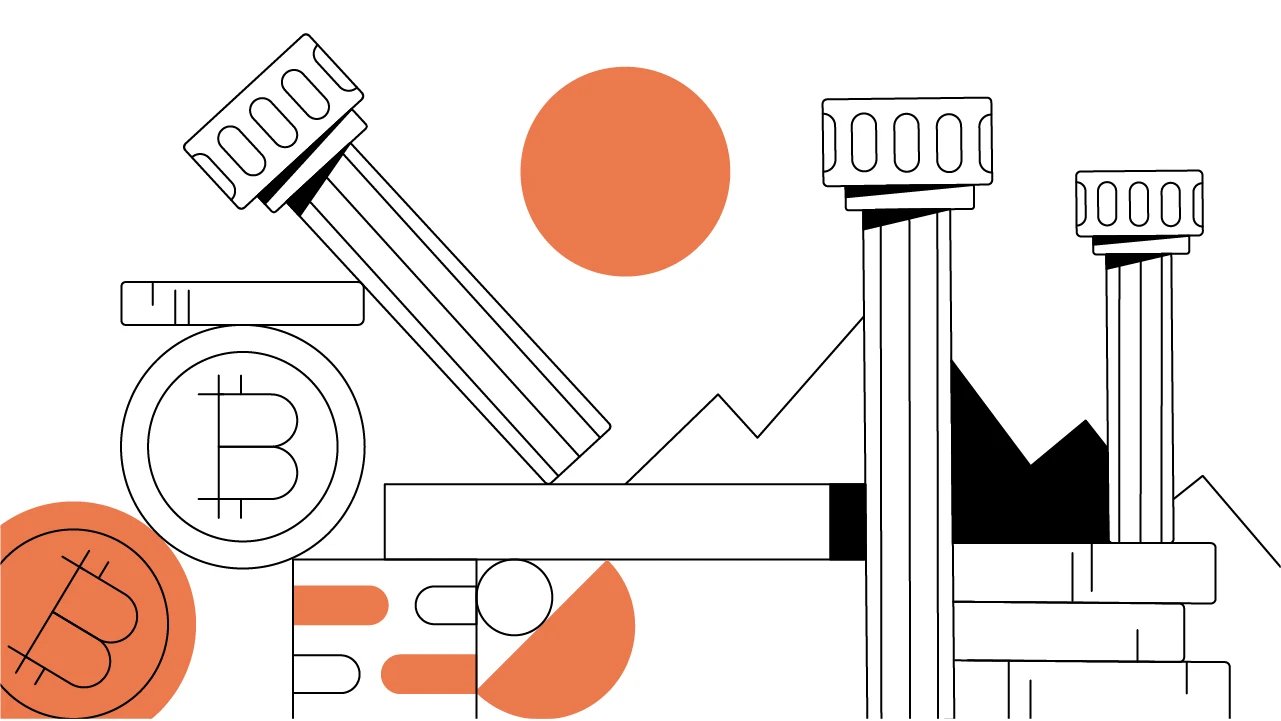What Are the Implications of CBDCs for Privacy and Cash?
Could CBDCs make it harder to transact our finances privately, or maybe lead to an end to cash?
Updated August 12, 2021 • 3 min read

Summary
Central bank digital currencies (CBDCs) are a fast-emerging class of digital assets that function as digital equivalents of a nation’s fiat currency. In addition to altering the way fiat currencies are issued, distributed, and used, CBDCs are poised to fundamentally change the privacy inherent in cash transactions. While cash transactions today intrinsically offer a degree of privacy, current central bank proposals indicate that CBDCs could limit anonymous transactions to low-value purchases — or eliminate them entirely.
Many governments around the world are moving toward implementing central bank digital currencies (CBDCs), digital versions of national fiat money updated for use in today’s increasingly online world. While most CBDCs propose using blockchain technology similar to that of cryptocurrencies like bitcoin and ether, they differ with regard to decentralization and privacy. Although the Bitcoin and Ethereum networks are designed so no one entity can exert control (decentralized) and all transactions have a degree of anonymity (privacy), CBDCs are exclusively controlled by governments (centralized) and are expected to provide far more limited, but varying degrees of privacy.
As central banks publish proposals and proofs of concept for CBDCs, the benefits and risks of this digital form of fiat currency become clearer. Two key questions have emerged:
Could CBDCs diminish the ability to transact privately?
Do CBDCs spell the end of cash?
The answers lie in the unique implementation of CBDC technology around the world, and the intentions of the governments that develop them.
Governments Move Forward With Proposals for CBDCs
The CBDCs that central banks are researching vary in design, ranging from tokens for wholesale inter-bank settlement to currencies distributed for daily use to the general public via retail banks. The former would have minor implications for citizens’ privacy since these CBDCs would be used only within existing banking infrastructure, while the latter would directly affect citizens and could become the primary form of currency.
Though cash is largely anonymous, its private nature is by circumstance rather than design. CBDC prototypes indicate that anonymity is unlikely to be a priority in the future of government-backed money. However, greater government surveillance of CBDC transactions is expected to provide utility for consumer protection, Anti-Money-Laundering (AML) measures, and counter-terrorism financing regulation.
The European Central Bank (ECB) has released a proof of concept which would allow users of its distributed ledger-based digital euro only a limited degree of privacy with low-value transactions. The ECB has also suggested that other technologies could be used to supplement users’ privacy, such as rotating cryptographic public keys — which would allow users to regularly create new pseudonym accounts with which they could transact — and the use of Zero-Knowledge Proofs (ZKPs). However, these technologies would only be used to shield the identity of the user from intermediaries such as payment providers, but not from the government itself.
The widespread use of electronic payments has caused a notable decline in the use of cash in many countries. As development on CBDCs quickens, the very future of physical cash may come into question. In Sweden, for example, only 13% of respondents to a 2010 Riksbank survey indicated that they had made their most recent purchase in cash. The Reserve Bank of Australia has suggested that the declining use of physical currency — coupled with the costs of maintaining two types of central bank currency — could push central banks to eventually cease the issuance of cash entirely.
CBDC Issues Still to Be Addressed
As an emerging technology, there remain issues with CBDCs that must be addressed. While a cash-free world that runs on CBDCs may increase financial inclusion for citizens who are able to access banking infrastructure, it may also exclude those who are not online. Concerns about the resiliency of a government-controlled payments system that could be susceptible to network outages and security breaches are also prevalent. Lastly, it remains unclear how CBDCs will interact with the growing infrastructure of blockchain and cryptocurrency. But generally, the decentralized and private payment infrastructure offered by blockchain networks will likely only increase in utility and importance in a future where CBDCs are widely implemented.
It’s clear that the design of CBDCs will have lasting impacts on citizens’ financial privacy and access to financial resources. The proposals and proofs of concept put forward by central banks thus far have demonstrated that the anonymity afforded by cash is unlikely to be replicated in CBDCs. With the compounding issues of privacy, security, and inclusion still to be addressed, it’s imperative that citizens become educated, aware, and involved in the future of digital fiat currency.
Cryptopedia does not guarantee the reliability of the Site content and shall not be held liable for any errors, omissions, or inaccuracies. The opinions and views expressed in any Cryptopedia article are solely those of the author(s) and do not reflect the opinions of Gemini or its management. The information provided on the Site is for informational purposes only, and it does not constitute an endorsement of any of the products and services discussed or investment, financial, or trading advice. A qualified professional should be consulted prior to making financial decisions. Please visit our Cryptopedia Site Policy to learn more.

Is this article helpful?


